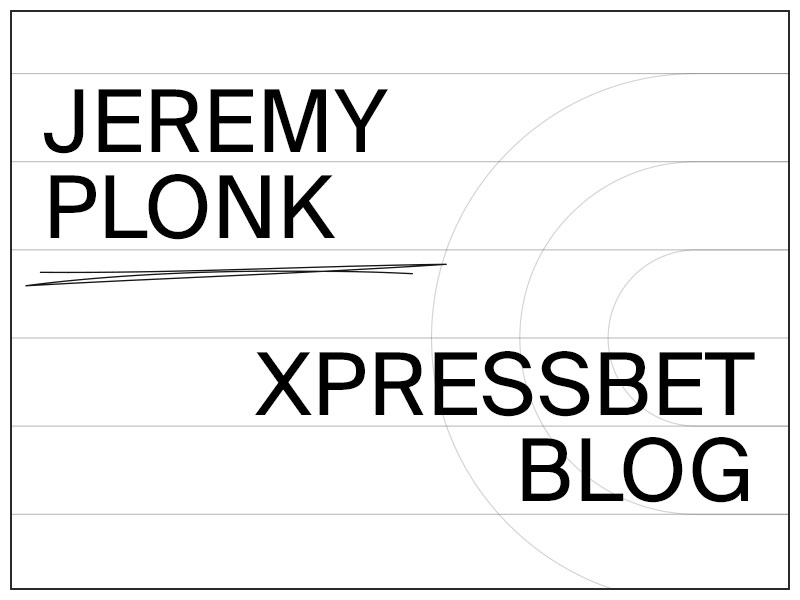by Jeremy Plonk
April 12, 2021

Welcome to a continuing handicapping series for our Monday blog space, “Monday Myths.” Each week I’ll use the power of the Betmix database to take common handicapping assumptions and either support or dispel them with data. Betmix data powers the 1/ST BET app and its features like Angler and Birddog give data-minded horseplayers a treasure trove of information in which to query your own curiosities.
Assumption:
Lasix-free racing will make the 3-year-old Derby preps unpredictable and untrustworthy to handicap.
Background:
With the announcement late last year that all Kentucky Derby qualifying points races would award points only if contested Lasix-free, many wondered (some aloud) about the performances to come. Would the lack of the anti-bleeder medication create chaos? Could you trust the results of the races? Just what exactly were we getting into for the first time in decades?
Data Points:
I crunched the numbers in the Betmix database for every Thoroughbred 3-year-old graded stakes dirt route race in North America over the past 4 complete seasons. I skipped 2020 due to the schedule changes resulting from the pandemic. Years included were 2017, 2018, 2019 and 2021. We looked at not only the performance of the favorites in those races, but also all horses 5-1 or less who were considered logical contenders.
2017 favorites had a 24: 7-2-6 record with 29% wins and 63% in the money.
2018 favorites had a 22: 9-5-3 record with 41% wins and 77% in the money.
2019 favorites had a 23: 8-4-5 record with 35% wins and 74% in the money.
2021 favorites had a 21: 8-1-5 record with 38% wins and 67% in the money.
//
2017 contenders 5-1 or less had a 62: 16-12-9 record with 26% wins and 60% in the money.
2018 contenders 5-1 or less had a 57: 15-13-12 record with 26% wins and 70% in the money.
2019 contenders 5-1 or less had a 56: 15-11-13 record with 27% wins and 70% in the money.
2021 contenders 5-1 or less had a 50: 13-7-11 record with 26% wins and 62% in the money.
Overall Findings:
The number of winning favorites only varied between 7 and 9 each of the 4 years studied, and the number of winners 5-1 or less varied between 13 and 16, but was proportionate to the number of starters in that odds category. By looking at these 2 comparative lists, you can deduce the number of longer-priced winners at more than 5-1. You’ll easily spot that 2017 had 8, 2018 had 7, 2019 had 8 and 2021 had 8.
Overall Findings Verdict:
Looking at the prior 3-year run in similar races, favorites won 34.7% from 2017-2019 and finished in the money at 71%. The 2021 favorites at 38% and 67% performed equally well. The horses backed at 5-1 or less over the past 3 years won 26% and were in the money 66%. The 2021 'logical contenders' won 26% and were in the money 62%, offering similar results.
Bottom line:
This study merely looks at the predictability of betting Lasix-free races within this popular sub-set of races and does not address any of the medical concerns associated with either side of the practice. And, of course, it's a small sample size where a couple of finishes either way can sway the data. But bettors performed equally as well this year deciphering the Lasix-free races and contenders as they have in any of the recent Triple Crown trails of similar sample sizes. In fact, it was nearly an identical performance. The total study looks at 90 races, which begins to paint a clearer picture.
Additional Details:
You can go into Betmix and run your own queries for a deeper dive into this theory and any that you can create. For instance, rank the horses in this set of races by biggest upsets, and you’ll find that among the 10 total payoffs at $40-plus, 2017 was responsible for 3, 2018 had 2, 2019 had 3 and 2021 had 2. We get a few bombs every year in these races, and 2021 was right in line. Because of a study-high $146.50 payoff for Bourbonic in this year’s Wood Memorial, the average odds of these race winners by year does skew highest in 2021 at 9.75. Previous years bounced around at 7.69 (2017), 5.63 (2018) and 8.57 (2019).